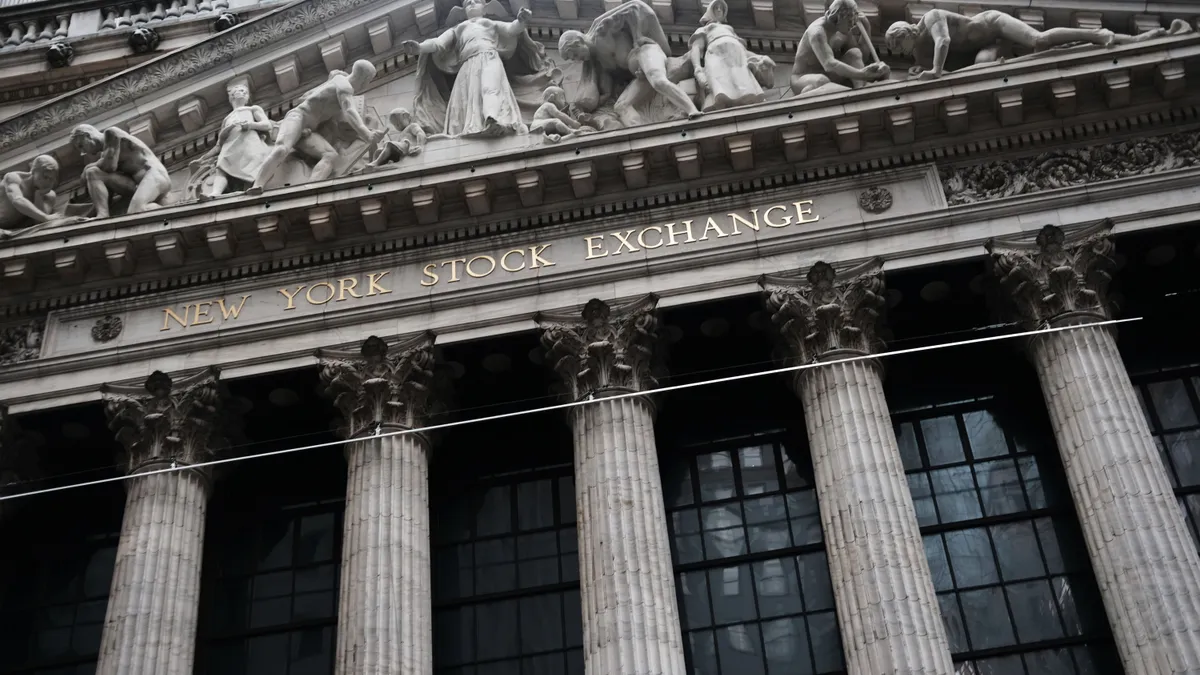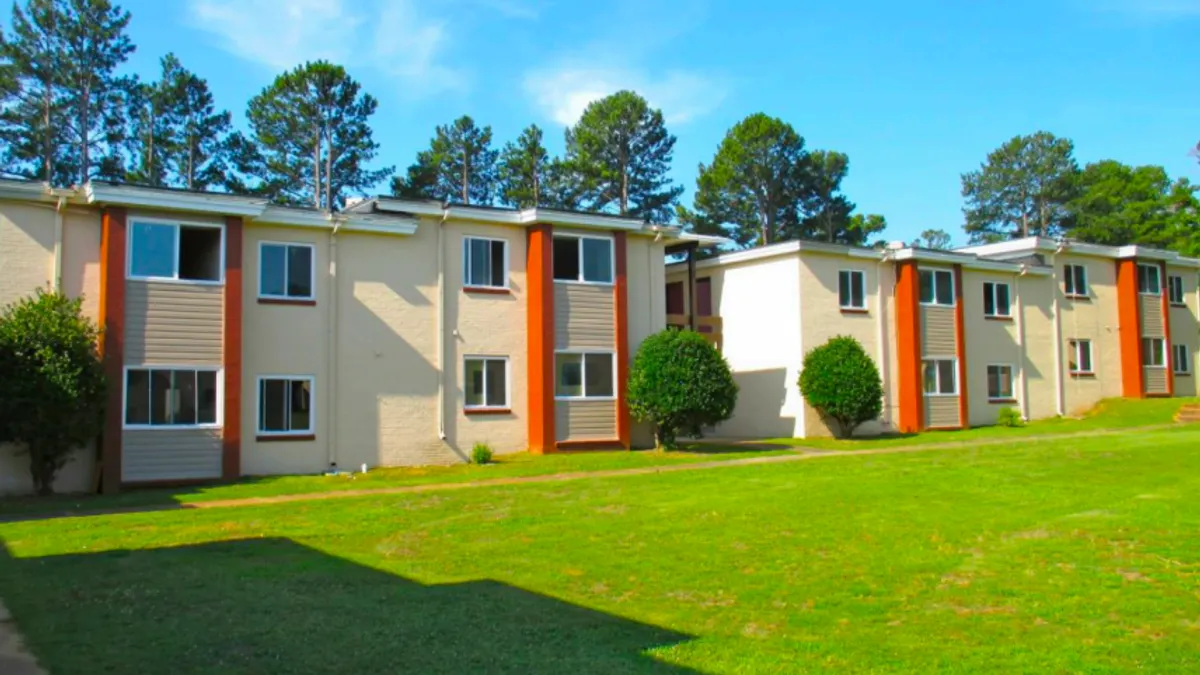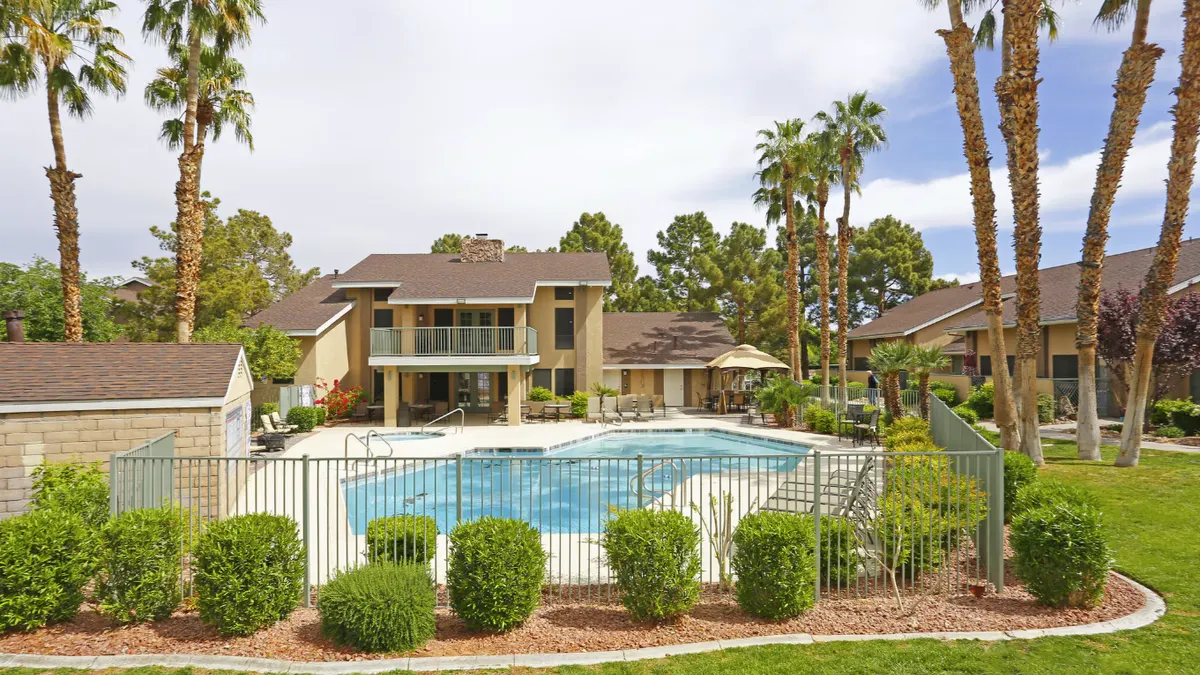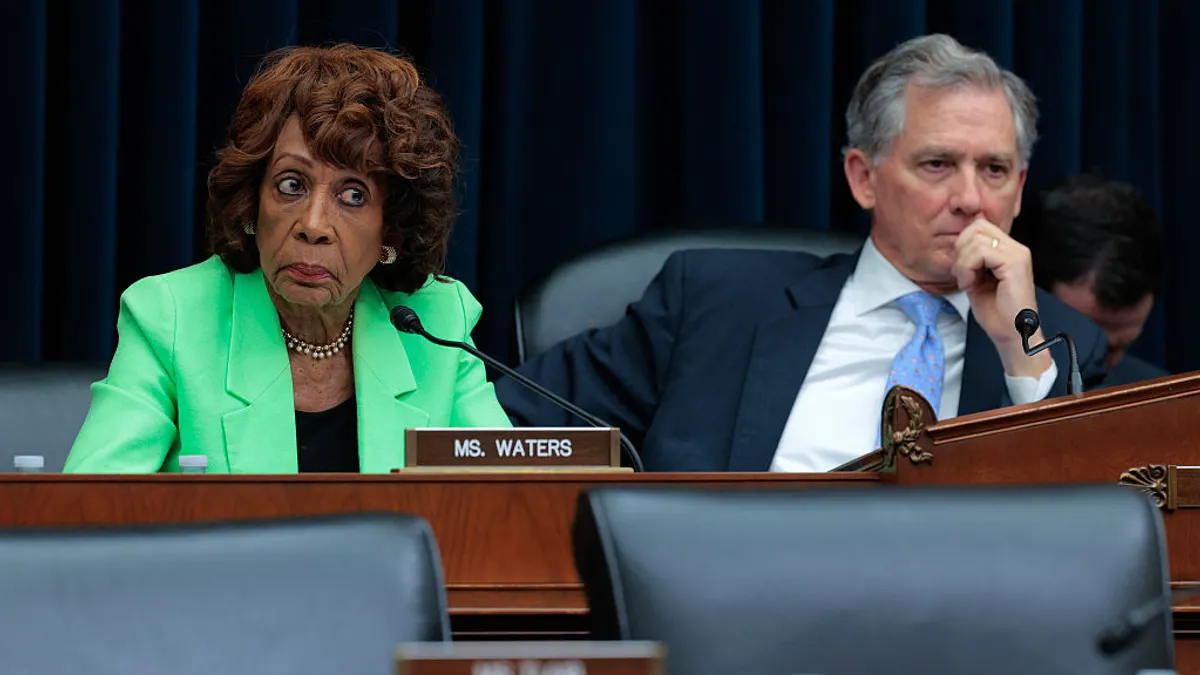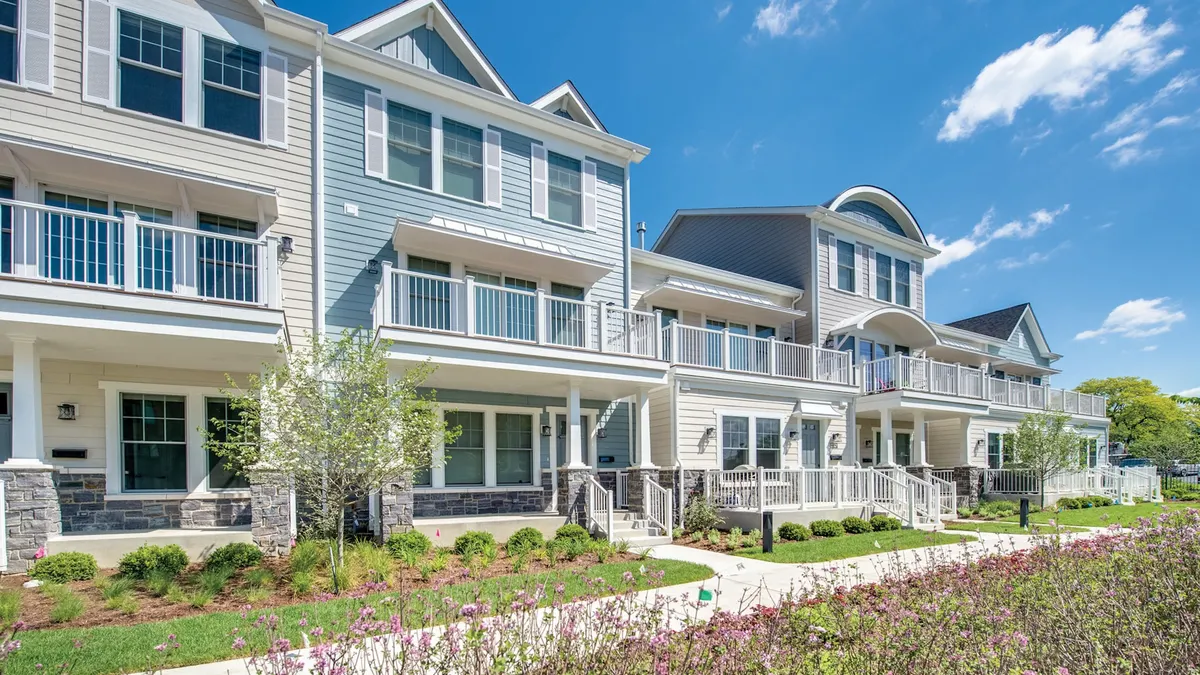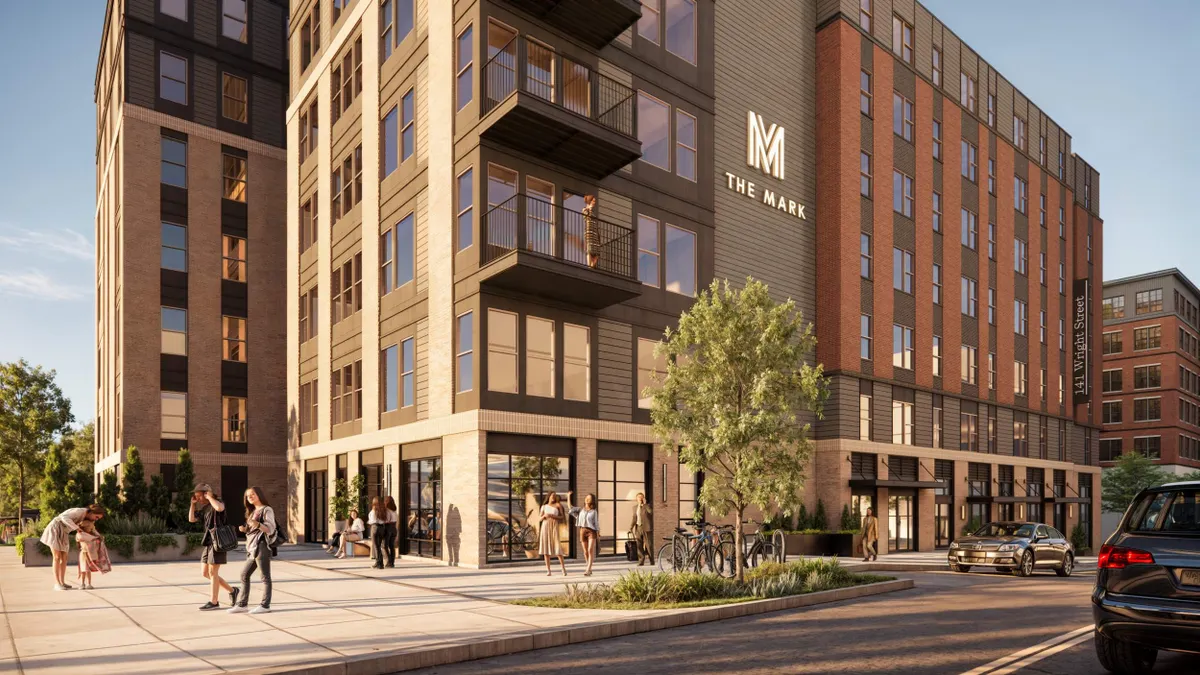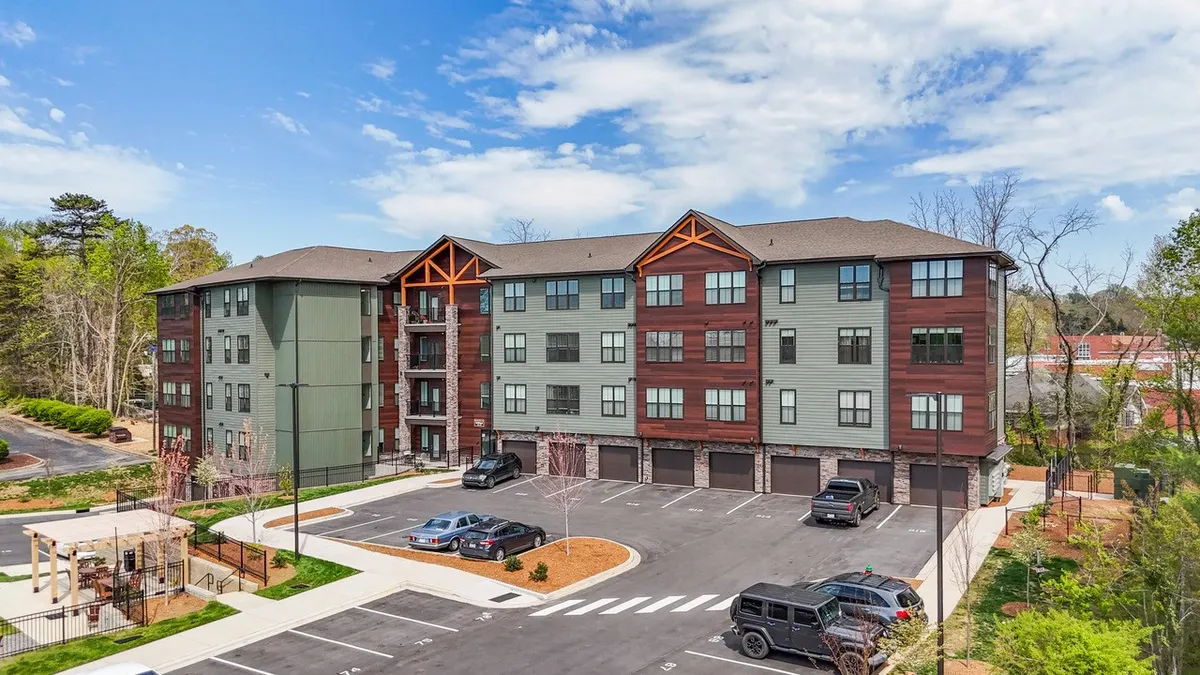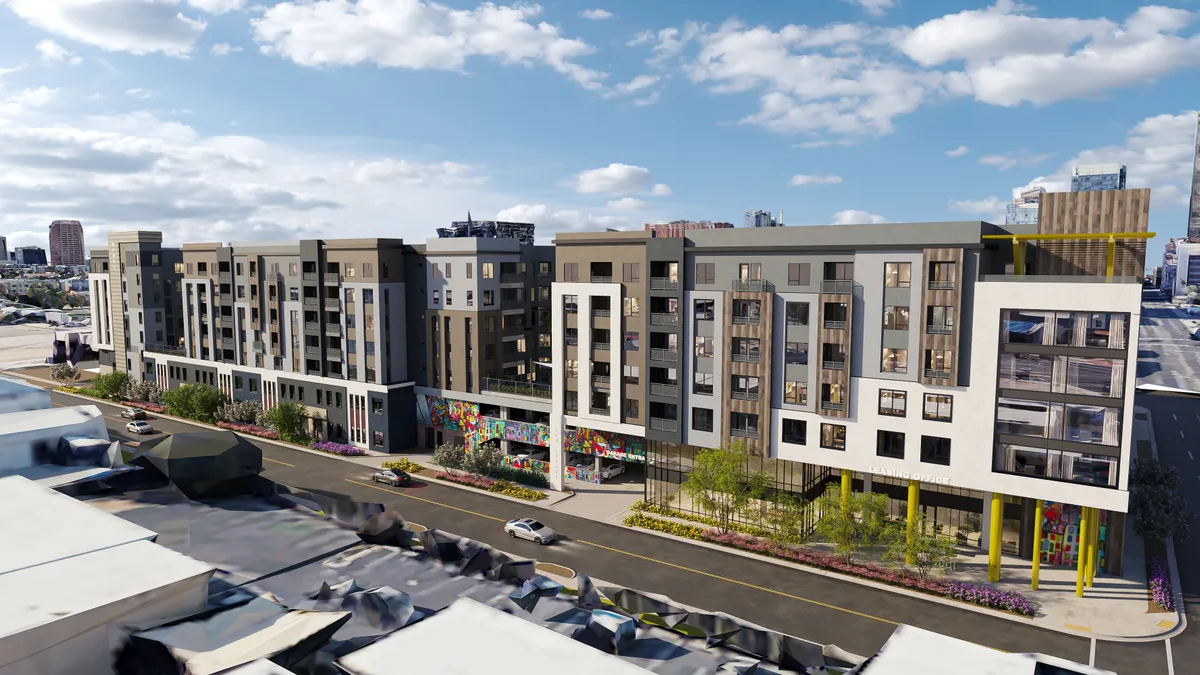Despite better than expected same-store revenue, expenses and net operating income growth, UDR reported slowed leasing conditions in the third quarter of 2025.
Year over year, revenue rose 2.6%, expenses increased 3.1% and NOI grew 2.3% in the third quarter, the Highlands Ranch, Colorado-based REIT reported.
But the apartment industry has seen a broad deceleration in rent growth due to employment uncertainty, decreasing household formations, lower consumer confidence and high levels of recently completed housing supply, said UDR CEO Thomas Toomey during the Q3 earnings call on Oct. 30.
“Collectively, these factors have contributed to rent growth that has been more measured than what we anticipated as recently as 45 days ago,” said Toomey.
The Sun Belt market, which comprises about a quarter of the company’s NOI, lagged the UDR’s coastal markets due to increased amounts of new housing supply and economic uncertainty, said its Chief Operating Officer Mike Lacy during the earnings call.
Looking ahead to 2026, UDR is forecasting same-store revenue earnings that are approximately flat — falling short of historic averages of 150 basis points and its 2025 earn-in of 60 basis points, said Lacy.
Despite the challenging leasing conditions, UDR still believes it will benefit from America’s continued housing shortage, decreases in new supply across most markets and the high cost of home homeownership, he said.
“Current leasing conditions are not as robust as we previously expected them to be, but we have taken action to position ourselves well on a relative basis,” said Lacy.
Challenging near-term operating environment
UDR started the quarter above expectations, but that growth decelerated, which the company attributes to economic uncertainty, said Lacy. The company’s Q3 blended financial metrics fell below its 2% expectations.
But resident turnover fell nearly 300 basis points from the year prior, allowing the company to unlock revenue and expense benefits that drove NOI above what analysts anticipated, said Lacy.
Occupancy, at 96.6%, was stronger than anticipated, growing 30 basis points higher than the year prior, while other incomes remained steady at 8.5% due to new services the company offered its residents, he said.
Same-store expenses also increased 3.1% year-over-year in the third quarter — coming in better than expected due to real estate tax relief, insurance savings and constrained repair and maintenance expenses, said Lacy.
“While the near-term operating environment presents some challenges, we have taken action to position ourselves well on a relative basis,” said Lacy.
Strong coastal performance not seen in Sun Belt
UDR’s coastal markets performed near the high end of the company’s same-store revenue growth expectations, said Lacy.
The company’s markets along the East Coast, which comprise about 40% of UDR’s NOI, continued to "exhibit strength” in the third quarter with a weighted average occupancy of 96.7% and a blended lease rate growth of 2%, he said.
The strongest market in the region, New York, has been “driven by continued healthy demand and relatively low proximate new supply completions,” said Lacy. Boston and Washington, D.C., saw similar success year-to-date, but those regions’ largest employment sectors have also experienced recent slowdowns in job growth, he said.
The company’s West Coast market, comprising 35% of its NOI, performed better than expected and brought the strongest positive growth, said Lacy. The region’s Q3 weighted average occupancy reached 96.7% year-to-date and its same-store revenue growth hit 3%, nearing the high-end of the company’s full year expectations, he said.
San Francisco and Seattle were UDR’s top-performing markets in terms of year-to-date NOI growth, said Lacy. The San Francisco Bay Area, in particular, saw a blended lease rate growth of 7% during the quarter, he said.
But the favorable conditions along the coastal areas were not prevalent in the Sun Belt region.
Tampa, Florida, continued to perform the best of all markets in the region. However, Austin, Texas; Dallas; Nashville, Tennessee; and Denver all saw higher lease-up inventory from the new housing supply that came online.
The third quarter weighted average occupancy of UDR’s Sun Belt markets reached 96.5%, with blended lease rate growth that declined about 3%, Lacy said.
“Year-to-date, same-store revenue growth for our Sun Belt portfolio is slightly negative, which lags the low end of our full-year expectations for the region,” said Lacy.
Despite the challenges, Toomey said there are still indicators that suggest “our residents are resilient and appreciative of the value of renting at UDR.”
Nationwide, the U.S. is still underhoused, and renting an apartment compared to home ownership is at “an all time level of favorability,” said Toomey. The pipeline for future supply has also decreased, he said.
BY THE NUMBERS
| Category | Q3 | YOY Change |
| Property revenues | $414.7 million | 2.6% |
| Net operating income | $282.8 million | 2.3% |
| Operating expenses | $131.8 million | 3.1% |
| Funds from operations | $0.62 | 3% |
| Rent per unit | $2,605 | 2.2% |
| Occupancy rate | 96.6% | 30 bps |
SOURCE: UDR

